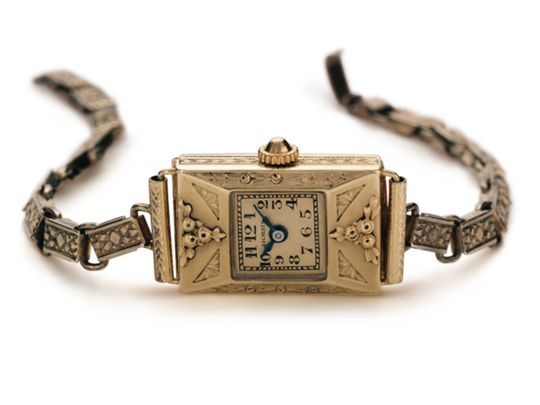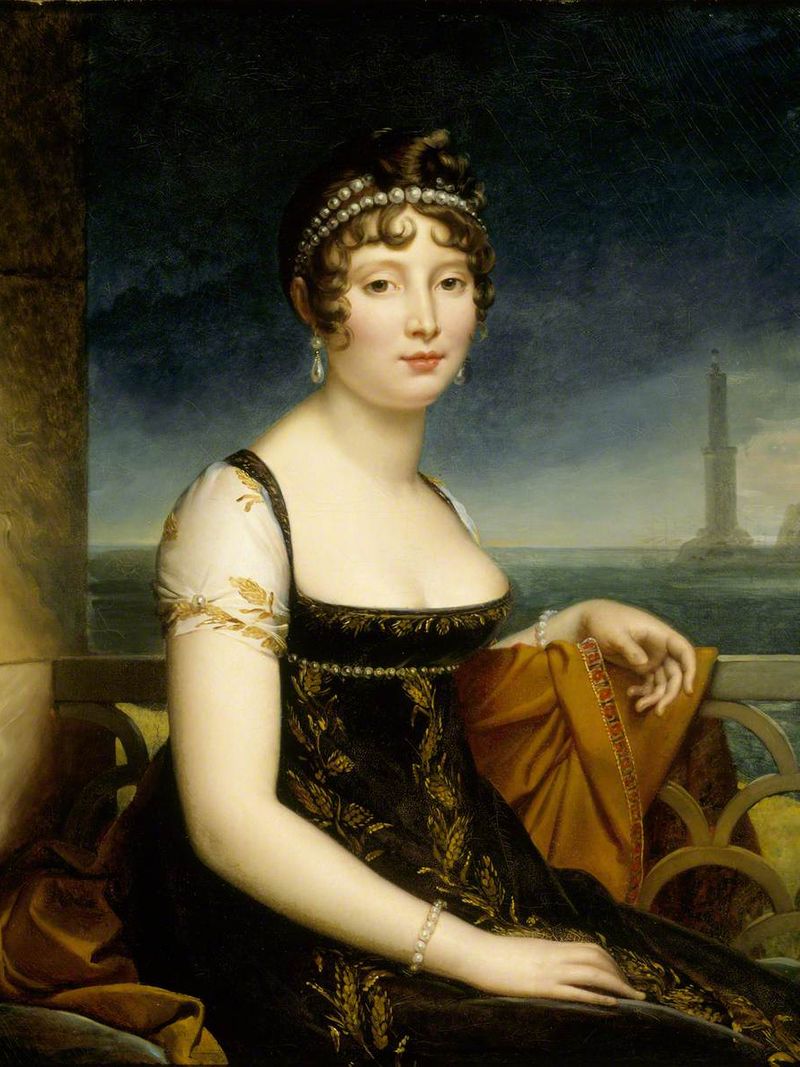
When Brazilian aviator Alberto Santos-Dumont would fly his plane, he would find it impossibly irksome to check the time.
Click start to play today’s Word Search, where you can find a number of watchmakers from around the world.
It was the early 1900s, and to tell the time, you had to pull out your pocket watch – something an aviator found difficult to do, since he had to have his hands on the controls at all times. So, Santos-Dumont's friend, French jeweller and watchmaker Louis Cartier came up with a pioneering solution. He created the Santos-Dumont watch model in 1904 for the pilot – a watch that could be worn around the wrist.
And when, on November 12, 1906, Santos-Dumont became the first person to be filmed in flight (he flew 220m in 21.5 seconds), he may also very well have been the first person in history to do that while wearing a pilot’s wristwatch.
Interestingly, women had recognised this problem and solved it long before Santos-Dumont took his concerns to Cartier. Most women of the time considered pocket watches to be heavy and impractical, especially because women’s fashion didn’t even include pockets at the time.
So, they went about it in a quintessentially feminine way – by prizing efficiency and making the solution look elegant. In this case, it meant carrying the timepiece on a part of the body that was easy to view at all times – the wrist.
The first wristwatches for women were made almost a whole century prior to the first wristwatches for men. Breguet introduced them in 1812, Patek Philippe in 1876 and Hermes in 1912 – and all of these were styled for women.
The first-ever wristwatch was made by the most prominent French watchmaker of the time, Abraham-Louis Breguet. While he typically made pocket watches and carriage clocks, he was known for creating complex, lavishly finished designs. It’s no wonder that Breguet rapidly became the preferred horologist for Europe’s rich and famous.
Napoleon Bonaparte’s sister and the queen of Naples, Caroline Murat, was one of his most famous customers. She bought her first Breguet in 1805, when she was just 23, and by 1814, had amassed 34 timepieces from the watchmaker. And one of them, acquired in 1812, would become Breguet’s and the world’s first wristwatch.

The queen, who was known to be quite exacting, co-designed the piece with Breguet, which was called an “oblong repeater for bracelet.” It was finally delivered over two years after it was first commissioned.
Unfortunately, the watch was last seen when it was brought in for repair in 1855. Today, the queen of Naples’ watch – and the world’s first wristwatch – is nowhere to be found. Still, its place is cemented in history for its novel, practical solution to a problem that faced men and women alike.
What do you think of these stories surrounding the first wristwatch? Play today’s Word Search and tell us at games@gulfnews.com.








